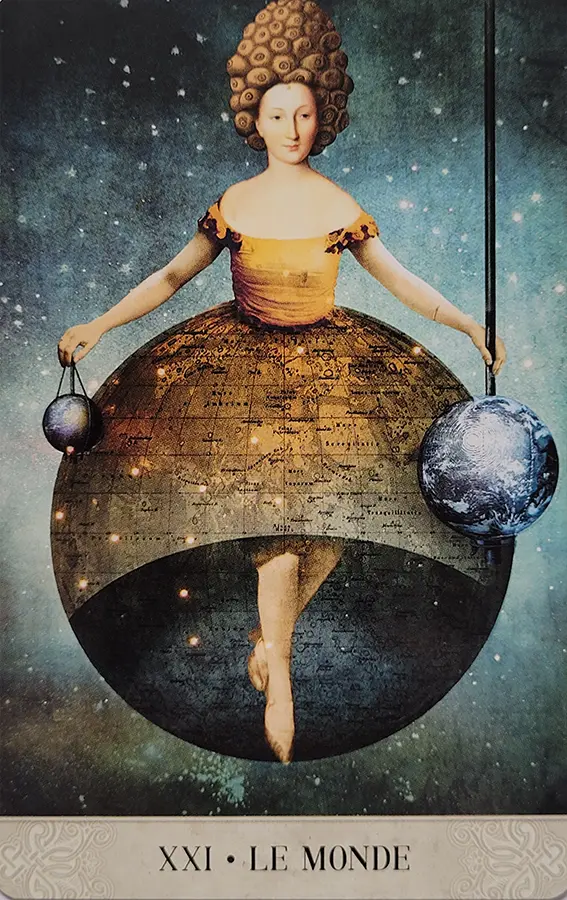Jung and the Tarot

According to Jung, the collective unconscious contains ancestral, primal memory that contributes to shaping the human psyche, permeating our thinking on both conscious and subconscious levels. It has universal implications across all cultures (symbols from various cultures are frequently strikingly similar because they have sprung from universal archetypes that are a part of the collective unconscious).
The collective unconscious is populated by instincts as well as by Archetypes that are the expression of primitive mental images inherited from the earliest human ancestors.
Archetypes have universal meanings across cultures and may appear in symbols, myths, religion, literature, art and dreams.
Four fundamental archetypes are at the core of the human psyche. These four archetypes represent human aspirations, ideals, morality, convictions, and drives.
The persona, the shadow, the anima or animus, and the self are the four primary archetypes that Carl Jung defined.
Tarot, the Language of the Collective Unconscious
The collective unconscious is the name that Jung gave to the ancestral memories, symbols, instincts and archetypes from which derive human myths, experiences and narratives.
It’s the idea that our minds are filled with these archetypal images that either consciously or subconsciously will affect how we think, perceive and feel about life.
Consider the Tarot like a decoder linking your energy to the cards tied to these archetypes that express the best way the moment you are living, allowing further analysis of any situation.
Here I propose we see how these archetypes play out in Major Arcana.
The Persona
The persona is referred to as the public face we present to others. The way we present ourselves to others, how we want to be seen, and the part we want to play in our society—for instance, as an artist, scholar, etc.—how we want to be perceived. According to Jung, healthy people are capable of being quite flexible in the persona they adhere to since they are aware of the diversity and multiplicity of selves.
The Magician
Shadow
These are the characteristics of ourselves that we find repulsive and would prefer to keep hidden. In other words, it’s difficult to accept that all behave bad at times. Understanding our darker sides and accepting them as part of who we are as a person and as a society is a part of becoming a mature person. Understanding the darker aspects of ourselves, not rejecting them.
The Devil
Animus and Anima
The anima, or “feminine” components of our character, can express in both positive and negative ways, just like the animus. Consider the queens who are upright and inverted as well. The queen of wands, in particular, can be fiery and passionate, and this can seem as someone who is bright with energy as well as someone who is wrathful or envious.
The “masculine” facets of our personalities make up the animus. On the one hand, he stands in contrast to the anima’s instinctive and profound emotional knowledge, which contrasts with our desire to watch, perceive, and create categories, structures and logic in our existence. Other times, we view them as the archetype of the wise old guy who shows us the route to ourselves
The Emperor The Empress
The High Priestess, The Hierophant
The Hermit